Kaziranga National Park, located in the northeastern state of Assam, India, is a wildlife sanctuary like no other. Spanning over 430 square kilometers, it is a UNESCO World Heritage Site, renowned for its conservation efforts, particularly of the endangered one-horned rhinoceros. Kaziranga is a biodiversity hotspot, home to various species of animals, birds, and flora, making it a must-visit destination for nature lovers, wildlife photographers, and adventure enthusiasts.
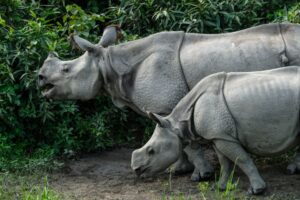
History and Significance of Kaziranga National Park
The History of Kaziranga dates back to the early 20th century when Mary Curzon, the wife of Lord Curzon, the then Viceroy of India, visited the area in 1904. After noticing the dwindling population of the one-horned rhinoceros, she urged her husband to take measures for their protection. In 1905, Kaziranga was declared a reserve forest, and by 1974, it was designated as a national park. Today, it is globally recognized for its successful conservation efforts
Wildlife in Kaziranga
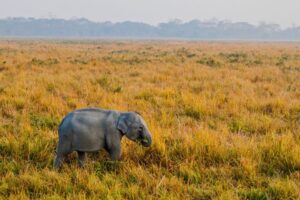
Kaziranga National Park is best known for its population of one-horned rhinoceroses. The park is home to about 2,200 rhinos, which accounts for more than two-thirds of the world’s population of this species. However, rhinos are not the only attraction here. The park is also part of the Project Tiger initiative and boasts one of the highest densities of Bengal tigers among protected areas in India.
Other key species include:
- Asian Elephants: Herds of these majestic animals are commonly spotted grazing in the park’s vast grasslands.
- Wild Water Buffaloes: Kaziranga is home to the largest population of wild water buffaloes in the world.
- Swamp Deer: The park has significant populations of the Eastern swamp deer, also known as the Barasingha.
Birdwatcher’s Paradise
Kaziranga is a haven for birdwatchers, especially during the migratory season. The park’s wetlands attract thousands of birds from different parts of the world. Some of the notable species include:
- Greater Adjutant Stork
- Black-necked Stork
- Pallas’s Fish Eagle
- White-bellied Heron
- Various species of vultures, cranes, and ducks
The diversity of birds adds another layer to the park’s already rich wildlife experience, making it one of the best spots for ornithology enthusiasts.
Landscape and Geography
Kaziranga’s landscape is characterized by the floodplains of the Brahmaputra River, with lush green grasslands, tropical moist broadleaf forests, and marshes. The park’s terrain is crisscrossed by four major rivers, including the Brahmaputra, and numerous small bodies of water, contributing to its unique ecological balance.
These diverse habitats make Kaziranga an ideal place for wildlife, providing them with the resources they need to thrive.
Safari Experience in Kaziranga
Kaziranga offers two main types of safaris – Jeep Safaris and Elephant Safaris, both of which provide an incredible opportunity to see the park’s rich wildlife up close.
- Jeep Safaris: These safaris cover designated zones of the park, including Kohora (Central), Bagori (Western), Agaratoli (Eastern), and Burapahar (Ghorakati). Each zone has its own unique features and wildlife sightings, but rhinos, elephants, and deer are commonly seen throughout.
- Elephant Safaris: A more traditional and exciting way to explore the park, elephant safaris take visitors deep into the grasslands where rhinos, in particular, can be observed up close in their natural habitat.
The best time for safaris is in the early morning or late afternoon when animals are most active.
Best Time to Visit Kaziranga National Park
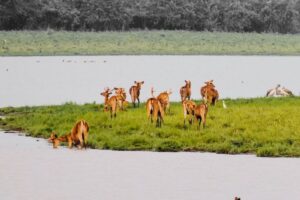
The ideal time to visit Kaziranga is between November and April. During these months, the weather is pleasant, and wildlife sightings are at their peak. The park is closed during the monsoon season (May to October) due to heavy rainfall, which often causes flooding in the region.
Conservation Efforts in Kaziranga
Kaziranga has gained international acclaim for its successful conservation efforts, especially regarding the one-horned rhinoceros, whose population has steadily increased over the years. Despite facing threats from poaching, the park authorities have implemented strict measures to protect the wildlife, including anti-poaching camps, forest patrolling, and the use of modern surveillance technologies.
Kaziranga’s status as a UNESCO World Heritage Site and its recognition as a Tiger Reserve highlight the importance of its conservation success. Various NGOs and wildlife organizations also contribute to the park’s conservation efforts, ensuring the preservation of its biodiversity.
Accommodation and Travel Tips
Kaziranga offers a range of accommodation options, from budget guesthouses to luxury eco-resorts, ensuring a comfortable stay for all visitors. Some popular options include:
- Iora – The Retreat
- Wild Grass Lodge
- Diphlu River Lodge
These lodges are located close to the park’s entrance gates, providing easy access to safaris.
How to Get There;
- By Air: The nearest airport is Jorhat Airport (97 km) or Guwahati Airport (217 km).
- By Rail: The nearest railway station is Furkating (80 km).
- By Road: The park is well-connected by road and can be easily reached via private car or bus from Guwahati and other major cities in Assam.
Nearby Attractions
While Kaziranga is the main draw, there are several nearby attractions that visitors can explore:
- Majuli Island: The world’s largest river island, known for its unique culture and natural beauty.
- Nameri National Park: Another wildlife sanctuary offering bird watching, rafting, and more.
- Tea Gardens: Assam is famous for its tea, and visitors can tour the nearby tea estates to experience the rich culture of tea production.
Conclusion
Kaziranga National Park is more than just a wildlife sanctuary; it is a testament to India’s commitment to wildlife conservation. The park’s vast, untouched landscapes and rich biodiversity provide visitors with an unforgettable experience. Whether you’re looking to spot the elusive Bengal tiger, admire the iconic one-horned rhinoceros, or simply enjoy the serene beauty of nature, Kaziranga National Park offers it all.
For wildlife enthusiasts, photographers, or travelers looking to connect with nature, a visit to Kaziranga is a journey into one of the most pristine and ecologically significant landscapes in India. Make sure to plan your trip between November and April for the best experience and explore the wild heart of Assam!

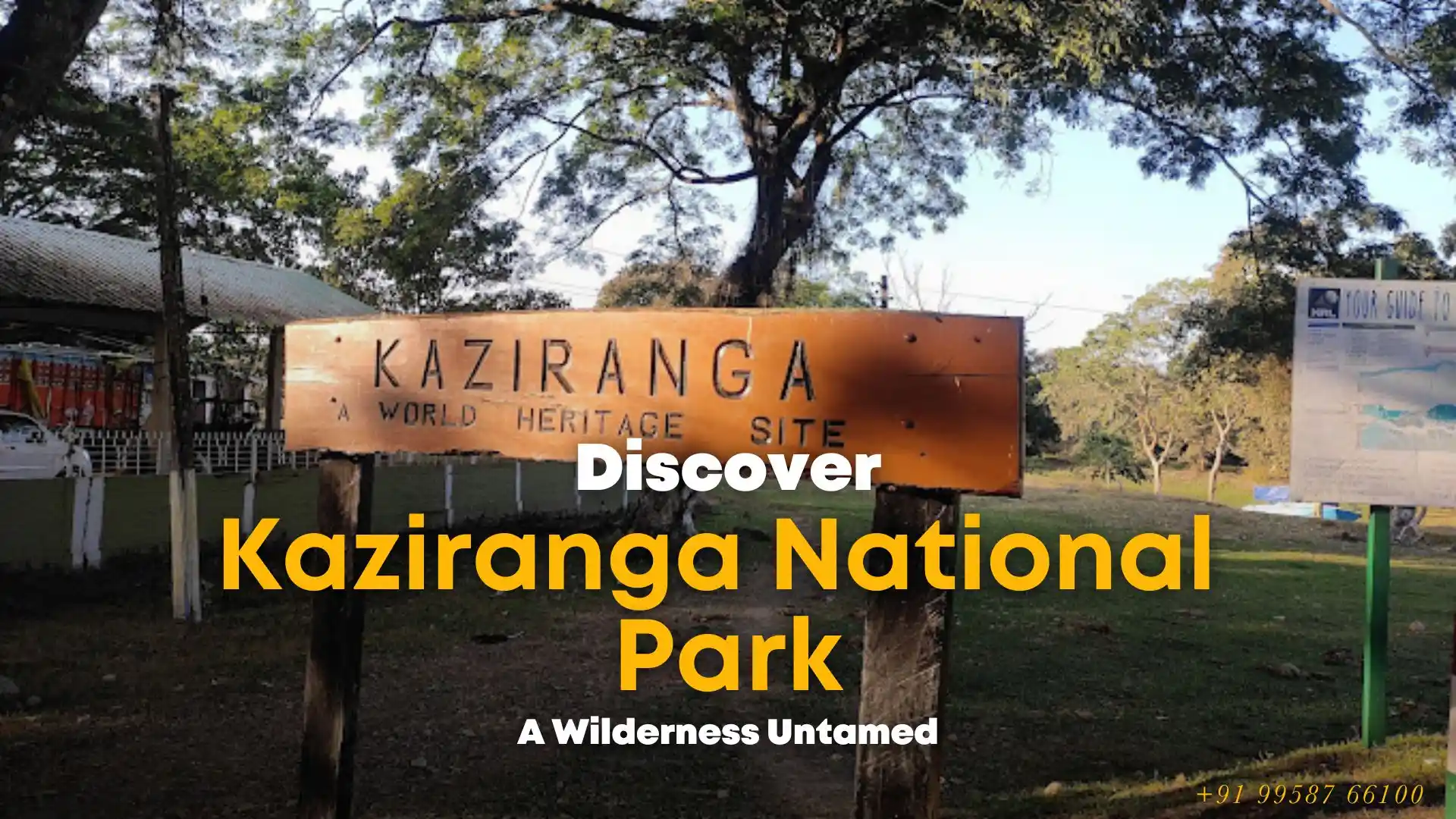

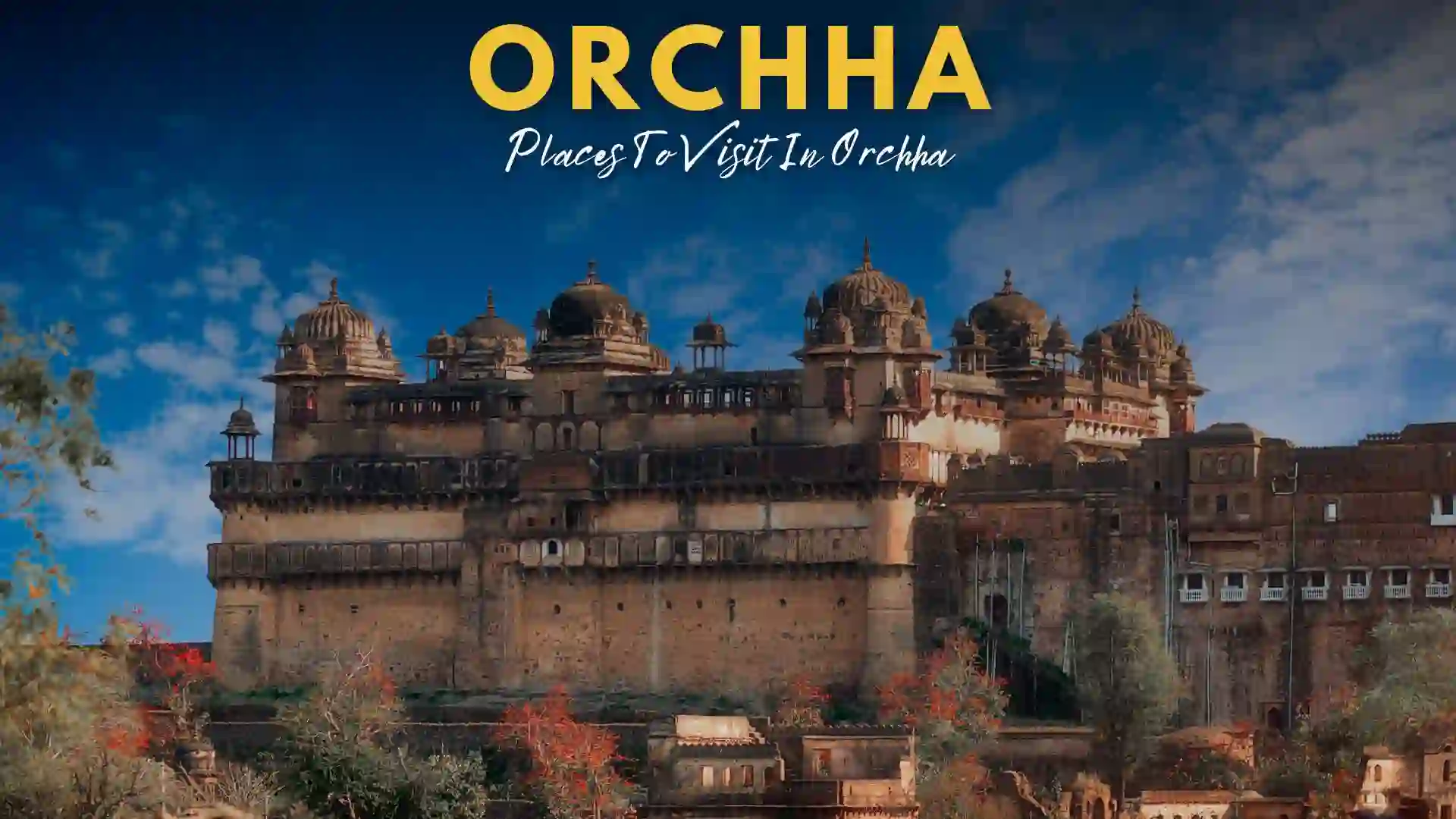

i loved it